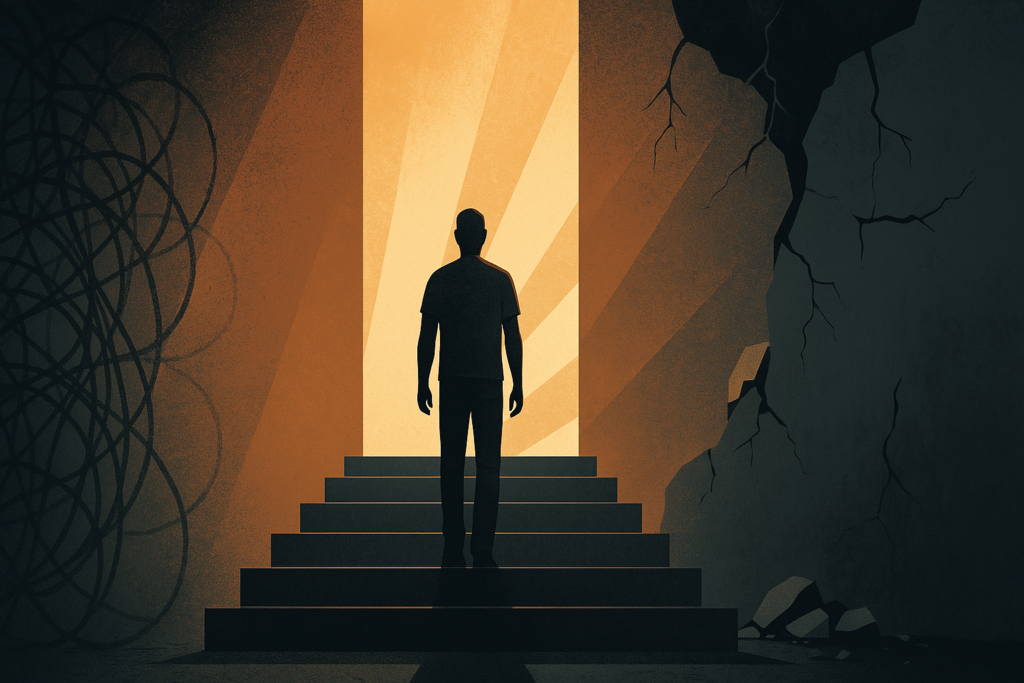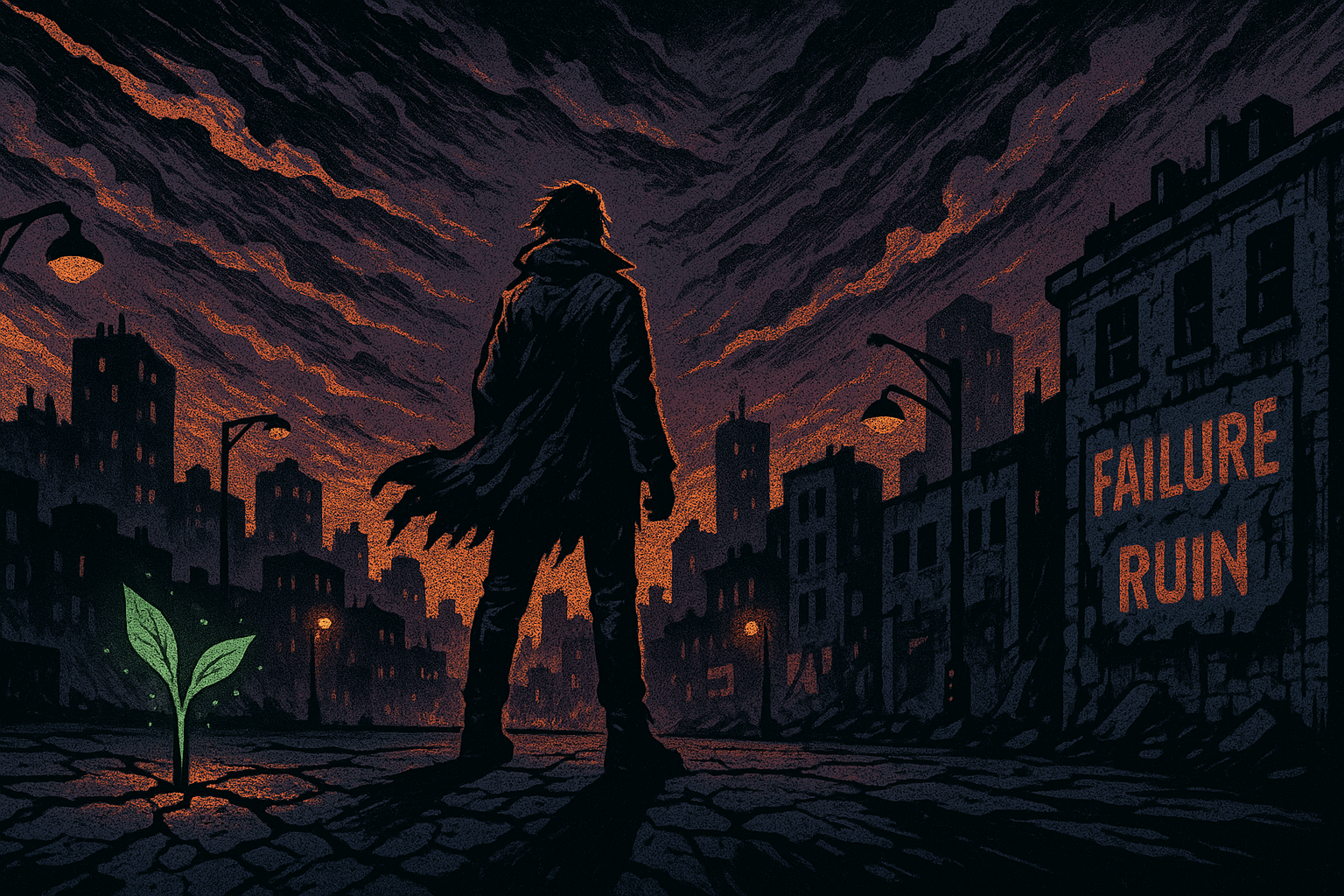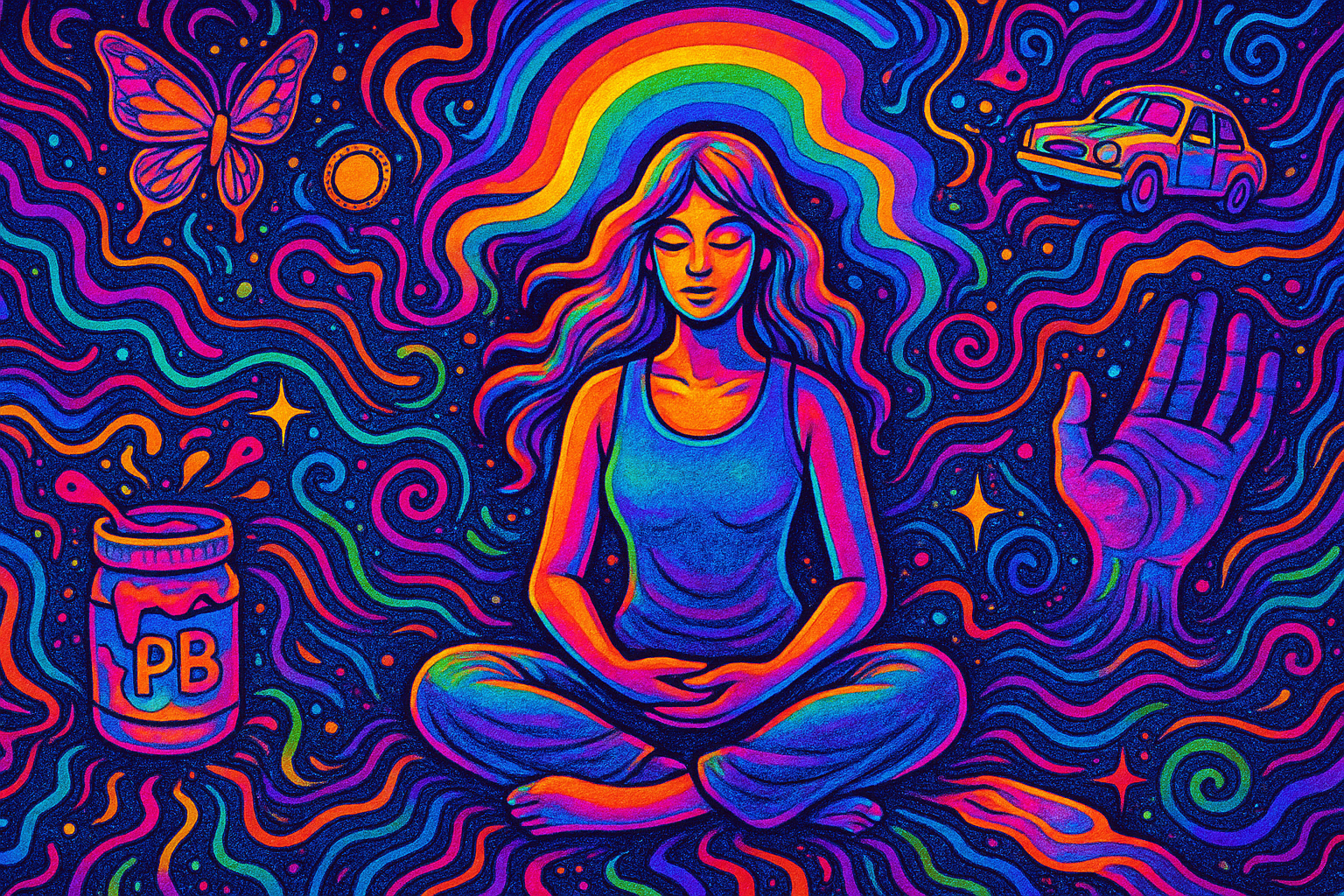READ IT TO ME: Click play to listen to this post.
“The first step toward change is awareness. The second step is acceptance.” – Nathaniel Branden
Maya Angelou once said, “There is no greater agony than bearing an untold story inside you.” Addicts know this powerful reflection. Working the 12 steps begins with you telling your story. It’s not what happened to you that makes a big difference but it’s how you make meaningfulness from it. To that point, it doesn’t really matter whether or not what happened to you really did happen. What matters is how you are able to organize your memory and experience into a narrative that is transformational to you.
This requires going over your relational history with a fine toothcomb. We call this a first step “admitting you were powerless over your addiction – that your life had become unmanageable”. For me, the single greatest tool for my own personal healing has been my own story. That is, doing a deep first step. There has been no greater healing source. Within the confines of my step, 1 story is truth that liberates. Your assignment is to sleuth through your relationship history to uncover that truth. But look out, that first step is a big one!
Oftentimes addicts in recovery sit down with their sponsor in an attempt to lay out their history with their addiction in a timeline. This is helpful. Many start and stop right there and move on through the steps. However, a timeline is just the beginning. There is no problem moving on through the other steps as long as you come back. It is helpful to live in Step 1. It is crucial to turn over every stone to find meaningfulness in the history of what happened to you.
Many in recovery don’t do this because past memories are painful which kills curiosity. Without curiosity, addicts tend to reference their first step and hover around recounting ways they acted out in addiction.
Without wonder, there’s little investigation as to why you act out the way you did. There is a lack of understanding about how your history of abandonment, neglect, and a host of other physical abuses impacted you and figured into your first step story.
Many addicts won’t touch this level of exploration with a 10-foot pole! But, it is a part of Step 1. That’s what makes Step 1 so big!
With Step 1, admission and acceptance go together like hand and glove. They are two separate ends of the same pole.
With step 1 you accept that when it comes to your addiction your life is powerless and out of control. There are far too many examples to honestly say it any other way. This is your admission.
Acceptance is settling into not only what was true back in the day of acting out but also what is true today, particularly if you choose to pick up your addictive behavior again. If you forget this, you are on your way back to the nightmare, again!
Most addicts have a cocktail of dysfunctional behaviors they have learned to rely upon, all of which create intimacy disability.
If addiction is a relational intimacy disorder, then Step 1 is an inquiry about past experiences that set up avoidance from painful encounters through behavioral escape.
The design of Step 1 is to raise awareness of these behavioral patterns to the light of day. Again, this is what makes the first step a big one.! It is never one and done. Addicts in recovery are asked to embrace Step 1 every day!
Some addicts have simply not been challenged to go deeper with Step 1 than to admit the details of their past life of unmanageability through their addictive behavior.
Few addicts choose to go deeper with Step 1. Carl Jung once stated that when derangement occurs, it is because the personal story has been denied or rejected. Healing and integration from addictive behavior come through admission and acceptance of your Step 1 story. “Stories have to be told or they die, and when they die, we can’t remember who we are or why we’re here.” (Sue Monk Kidd, The Secret Life of Bees)
Step 1 is a moral compass to help you find your way to who you are. Voicing that Step 1 story requires that we embrace the deeper story of past painful experiences that evolved into addictive behavior. This is what makes that 1st step a Big One!





